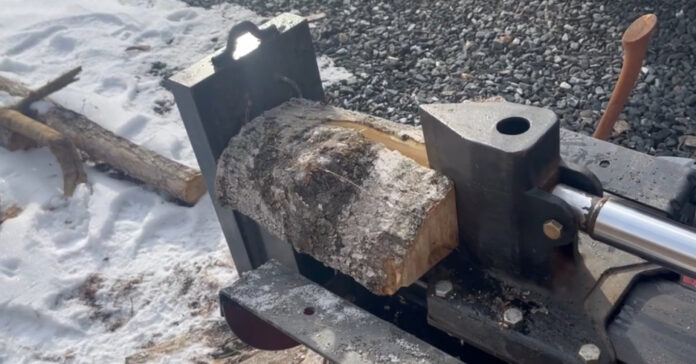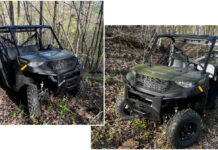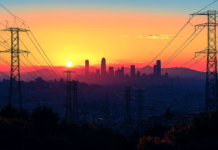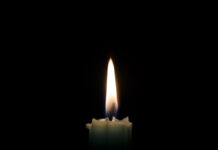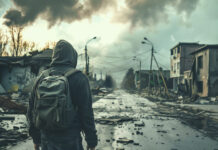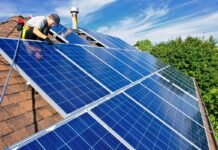We missed out on the big snowstorm that hit Tuesday and into Wednesday. It left eight to ten inches in New Orleans, an equal amount in parts of the Florida panhandle, and as much as fifteen inches along the Carolina Coast. Instead of the snow, we got the artic blast, with temperatures in the teens and below for several consecutive days.
In fact, it is so cold here our spring froze, and we have no running water. It’s frustrating, but days of temperatures below 15°F and nights of sub-zero temps have taken a toll. I’m going to hike up the mountain on Friday and see if there is any obvious problem I can address. We buried the line from the spring more than two years ago, so they should not have frozen, but the cold has lasted so long, the 18-to24-inch depth may not have been sufficient. I can only hope that the warmth of the earth itself will thaw them out once our temperatures rise.
It is also possible that the spring itself, the source of the water, has frozen. The local streams have a thick coating of ice under which only some water still flows.
This is another time having a four-wheeler or a side-by-side would be useful. Instead, I’ll be filling backpack full of tools and hose fittings and hiking up the steep side of the mountain.
We’re Prepared
Despite thinking we were beyond this problem, we have five cases of drinking water and six five-gallon containers of water on-hand for flushing and washing the pots and pans. If necessary, we can refill the big containers at the neighbors.
In the meantime, we are using paper plates, flushing as little as possible, and waiting for warmer temperatures, which have been promised for next week.
We have not resorted to melting ice and snow, but I am hauling water from the stream in a bucket for the chickens. So far, there is no need to break out one of the water filters. We are planning to visit friends tomorrow afternoon to shower at their house. After hiking up the mountain, I expect I’ll need one!
Snowy Roads
On a positive note, we can drive up and down our mountain again. The snow is vanishing—sublimating in the sunshine, I believe—and the mud on the road is as solid as asphalt. I am expecting a load of firewood to be delivered tomorrow or Monday. I don’t need to burn it right away, but I need to start re-stocking as I am behind. These cold temps mean we are burning firewood at a rapid pace and I can see us using up our stored wood by in March.
Yesterday, I braved the cold to split more of the rounds I had previously cut. Many of the rounds are frozen to the ground or to each other, which made it more difficult.
Because of the lengthy cold periods, I’m not enjoying the winter as much as usual. Then I remind myself that we did not move to Idaho or Montana because of the severity of their winters, and I feel a little better. Definitely the right decision.
Where you live matters, in many ways and for many reasons.
Electronic Devices
While inside keeping warm, I started working on my taxes (ugh!) and played with my new drone. Surprisingly, I didn’t crash. It makes a loud buzz when it flies. Nothing stealth about this technology.
To activate the DJI Neo, I needed both a Wi-Fi signal and a cellular signal at the same time, and I don’t get a cell signal at home. I had to go into town and park outside the library to activate it. Once activated, however, it flies fine without the cellular signal. The drone is easy to use, and I found the video quality shockingly good for a $200 device that flies and takes video.
The sun finally melted all the snow off the solar panels and we are making between 20 and 32 kWh per day, depending on the weather. It is educational to see our maximum production increase as the days grow longer.
The new generator still won’t function correctly with the solar power system, leading me to believe this is not a problem with the generator. After opening a case with the manufacturer, Franklin HW, they are sending replacement parts to our installer who will come out to replace the components in our system. This blast of cold and snowy weather demonstrated that we definitely need the generator power in a multi-day power outage.
How Much do You Pay for Electricity?
I watched a video (see below) produced by a woman whose house is in the California desert. Her electricity costs 59 cents per kWh during the peak hours. Her bill was $700 a month before she invested in solar. That’s just crazy! I’m paying 17 cents per kWh, less than a third of what she pays, and my largest bill ever was $170. (We don’t live in the desert, so we use less air conditioning.) The plus for her is her cost savings will pay for the solar power system three times faster than mine will.
The moral of the story: If you live somewhere hot and sunny, solar will work well for you. If you have high power costs, it’s an even better buy.
As I wrote above where you live matters, in many ways and for many reasons. Choose wisely.
Video of the Day
We purchased a solar power system, including batteries, for emergency backup, but as this video demonstrates, there can be good economic reasons to invest in producing your own electricity.

